|

The Bronze Seated Buddha Image of Chiengsaen Style B1069
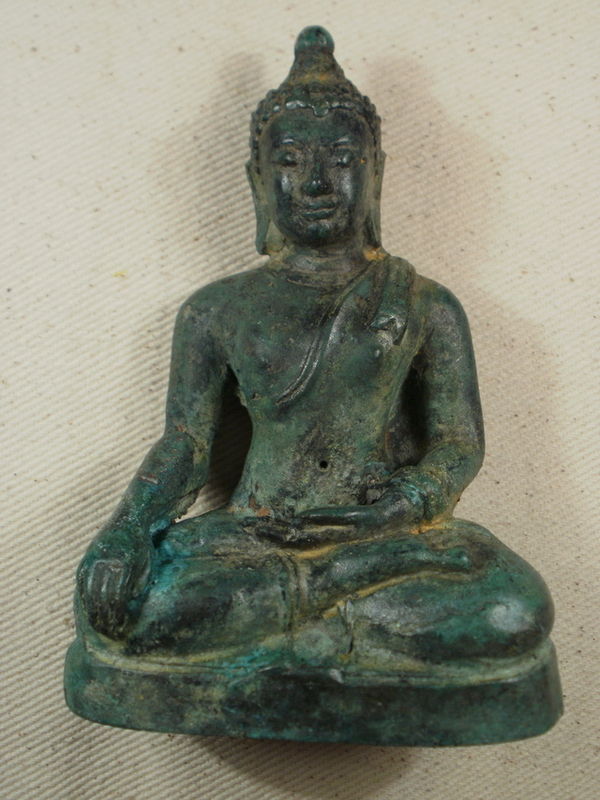
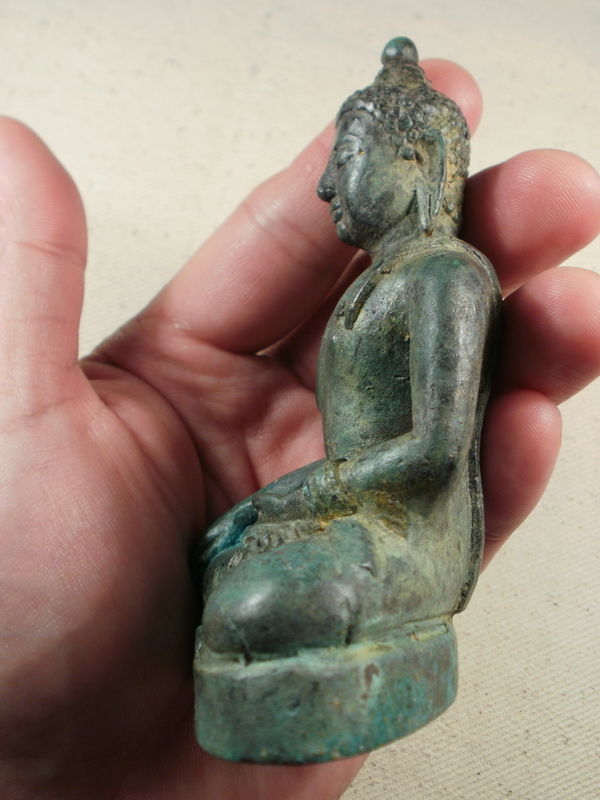
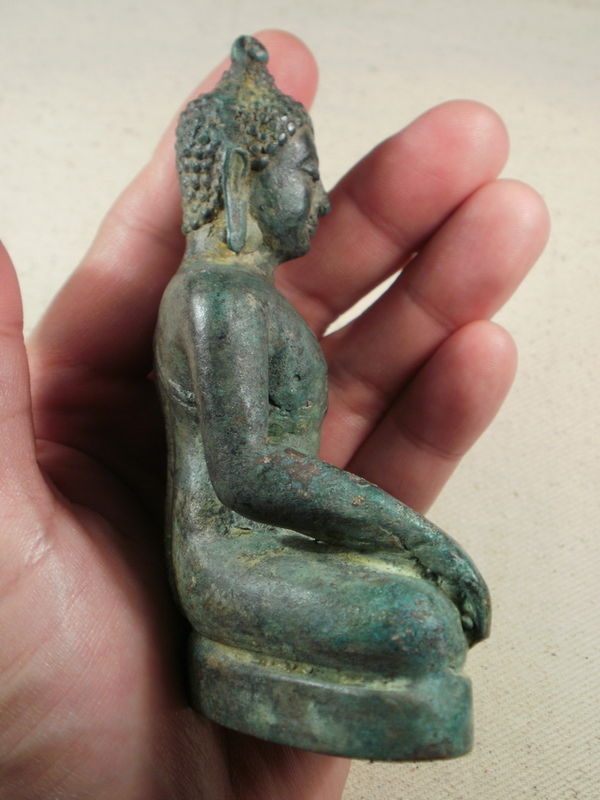

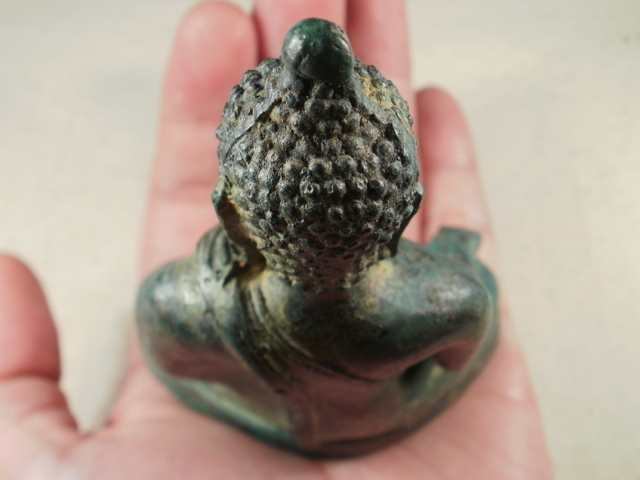
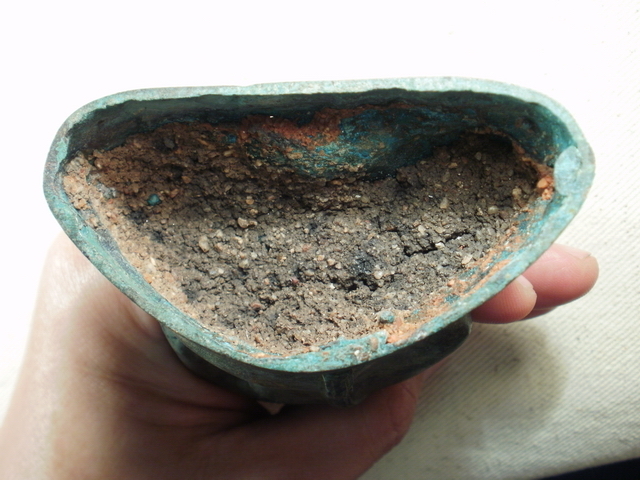
Size : 7.6 x 3.9 x 10.5 mm. (Width x Length x Height) (Approx.)
The Bronze Seated Buddha Image of Chiengsaen Style The Nature and Conception of Buddhist Arts of Thailand (in its different periods) The Art of Chiengsaen Period(Circa 11th–15th Century A.D. The real Thai Buddhist art originated for the first time in the areas now comprising the present Thailand known as the Chiengsaen school of art which flourished from the latter part of the 11th century A.D., in the present Northern Thailand. It is said that parallel with the Mon-Khmer kingdom in what are now Central and South Thailand, the Thai people, who had increasingly been moving southwards from their ancient home in South China, established
their own kingdom in an area which forms part of the Northern region of this country. It was known as Chiengsaen and also as the Lan-na-thai kingdoms. The monuments and antiquities belonging to this period are known as Chiengsaen school of art. Chiengsaen is the name of an ancient town of Thailand. It is situated on the right bank of the Mekong river in the vicinity of modern Chiengsaen Province of North Thailand.62 Nowadays, Chiengsaen is one of the
62. The city of Chiengsaen was built by King Saenphu in the year 1328 A.D. sub-districts of Chiengrai Province. However, the Buddhist art which originated in this ancient town had
later spread over the whole area in the old kingdom of Lan-na-thai or Yonok.
The general pose of the Buddha image in Early Chiengsaen style and later school of Thai art is the
Bhumisparsa Mudra — the Buddha in the act of touching the Earth with his right hand, soliciting the Earth Goddess to witness the truth of his Enlightenment.64 The Thais refer to such a posture as Sa dung Mara or 64. Silpa Bhirasri, Prof.: Thai Buddhist Sculpture, also as Mara Vijaya Mudra depicting the right hand touching over the foreleg the finger pointing downward to the earth, the left hand lying on the lap of crossed legs Some of the Early Chiengsaen Buddha images have an
elaborate ornamentation serving as a background to the image and in many instances figures of conventionalized lions or other animals intermingled with the ornamental decoration appear on the pedestal of the Buddha image. This is typical, reminding us of its Indian origin (Pala art).
We presenting Thai Buddha amulet and other Buddhist
holy item from Thai Buddhist temples for various purposes such as improvement of luck, fortune, relationship, ward off evil, protection and many more.
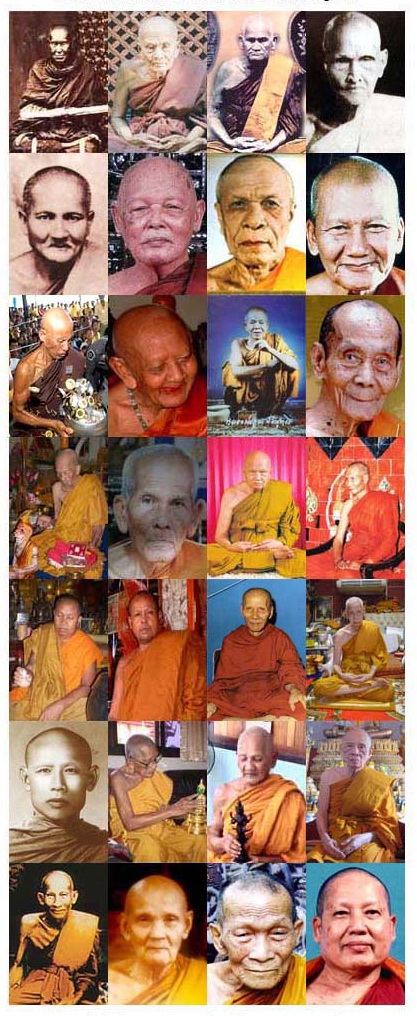
|